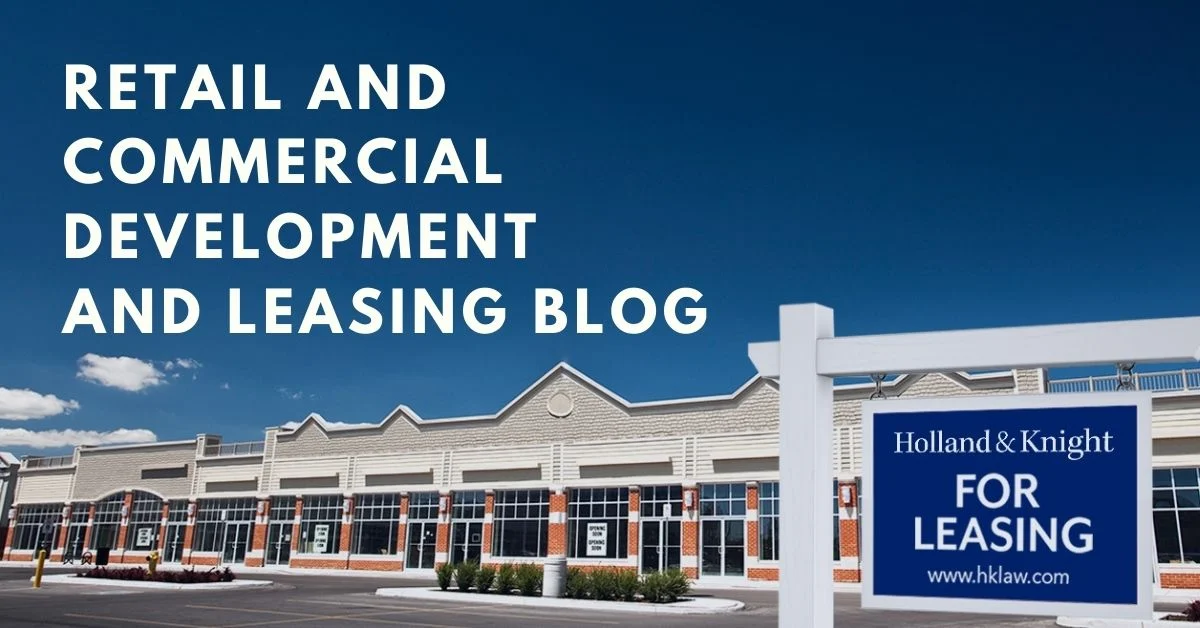An Introduction to Property Assessed Clean Energy Financing

Property Assessed Clean Energy (PACE) is a financing model that provides low-cost, long-term funding for eligible energy efficiency and renewable energy projects. PACE is a national initiative by the U.S. Department of Energy, but state legislation must be passed to authorize PACE programs at the local level. PACE-enabling legislation is active in 38 states and the District of Columbia, and PACE programs are now active (launched and operating) in 30 states and the District of Columbia.
Because PACE programs are established and operated at state or municipal levels, there is no uniformity in underwriting criteria, financing structures or program procedures, and property owners should pay careful attention to the particular processes and requirements of the applicable jurisdiction. Nevertheless, there are several elements that are consistent across programs.
Financing
The foundation of a PACE program is that it enables a property owner to finance the upfront cost of energy or other eligible improvements on a property and then pay the costs back over time through a voluntary assessment that is filed with the local municipality as a lien on the property. PACE financing can cover typically up to 100 percent of an eligible project's hard and soft costs, and is repaid on the property tax bill over a period of up to 30 years, depending on the program. Because the financing is in the form of a special assessment, it takes the senior lien position, which provides a high level of security that may lead to lower interest rates. Moreover, the interest portion of the repayments are generally tax deductible.
The annual energy savings for a PACE project usually exceeds the annual assessment payment, so property owners can be cash-flow positive from day one. PACE financing can generally be combined with utility, local and federal incentive programs.
Parties
Depending on how the particular program is set up, the central parties involved in a PACE project are
- the tax authority, which operates and administers the program in accordance with the enabling PACE statute.
- the property owner, who voluntarily elects to participate in a PACE program and must apply for approval of a proposed project that meets the eligibility requirements of the particular program.
- the capital provider, which may be a third-party capital provider or the local government, depending on how the program is set up. PACE programs utilize a variety of financing structures, including both public and private sources of funding. Programs can generally be categorized either as 1) closed market programs that secure a line of credit from a financial institution or use public funds to provide project financing or 2) open market programs that allow participants to choose among competing capital providers.
- the mortgage holder(s), whose consent or affirmative acknowledgement may be required. Because the PACE assessment impacts the property's debt burden, which in many cases may violate existing loan covenants, the property owner may want to obtain lender consent even where not required by the program requirements.
Special Assessment
PACE repayments are generally made as special assessments in the same manner as real property taxes or other special assessments in the state. The unique characteristic of PACE financing is that the assessment attaches to the property rather than an individual, thus the repayment obligation can transfer with ownership of the property, provided the buyer agrees to assume the PACE obligation. This feature removes the requirement that the debt be paid at sale or refinance of the property and helps to overcome the hesitancy in investing in energy improvements with lengthier repayment terms.
PACE assessments have senior status in most states: they are secured by the property itself, are collected with municipal taxes and take precedence over other debts, such as mortgages. Nonpayment generally results in the same penalties as the failure to pay any other portion of a property tax bill. Notably, only the portion of the PACE loan that is due and payable generally takes the senior lien position.
Some states have opted to implement junior PACE programs that make PACE assessments subordinate to the mortgage, thus providing the mortgage holder with priority status to be repaid in the event of default or foreclosure.
Conclusion
Ultimately, PACE programs can help to further sustainability goals in ways not feasible through traditional financing mechanisms and can be beneficial to all parties involved. They enable state and local governments to encourage energy efficiency and renewable energy projects and provide an additional financing source for property owners. In open market programs, third-party capital providers benefit from stable, long-term repayments secured by special assessments on the property. Mortgage holders also benefit from the increased value of the collateral resulting from the PACE project.
For more information or questions about the PACE program, please contact the authors.
More Blogs in This Series
Part 1 - Green Lending in Commercial Real Estate: Four Core Components of Green Loan Principles
Part 2 - Going Green in Commercial Real Estate: Aim for a Zero-Emissions Building Standard
Part 3 - Renovating Existing Commercial Real Estate Building to Become Green
Part 4 - Cities Are Going Green Through Sustainable Real Estate
Part 5 - An Introduction to Property Assessed Clean Energy Financing (You are currently reading Part 5)
Part 6 - Inflation Reduction Act Offers a Variety of Green Building Tax Incentives
Part 7 - Inflation Reduction Act of 2022: Business Energy Investment Tax Credit
Part 8 - Inflation Reduction Act of 2022: The Newly Added Renewable Electricity Production Tax Credit
Part 9 - Inflation Reduction Act of 2022: Prevailing Wage and Apprenticeship Provisions
Part 10 - Energy Star and LEED Certifications - What's the Difference?
